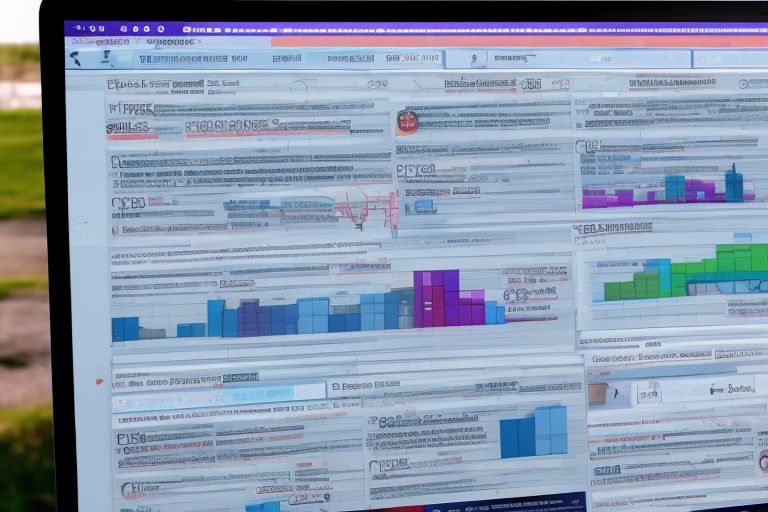Twitter’s Views Metric – A Late Addition to the Platform
After years of user requests for greater transparency into how their content performs on twitter - including views - the platform has finally added this feature as part of its latest update! Find out why it took so long here!
Dec. 24, 2022 2:36AM
Generated in 24.5 seconds

An image of a laptop screen showing off various metrics associated with a tweet posted on twitter - likes/retweets/views etc..
Twitter has become one of the most popular social media platforms in recent years, and its users have been asking for more transparency into how their content is performing. Recently, Twitter announced that it would be adding a “views” metric to tweets, allowing users to see how many people have seen their posts. This new feature has been met with enthusiasm from many users, but why did it take so long for Twitter to add this metric? The answer lies in the way that Twitter was designed. When the platform first launched in 2006, it was intended as a microblogging service – a place where users could post short updates about their lives and share them with friends. As such, there was no need for metrics like views or likes – all that mattered was getting your message out there. It wasn’t until later on that Twitter evolved into something more akin to a social network, and metrics became important. In addition to being an afterthought when it came to design decisions, another reason why views weren’t always visible on tweets is because of privacy concerns. While other platforms like Facebook show you who has viewed your posts (or at least give you an estimate), Twitter wanted to ensure that its users felt safe posting whatever they wanted without worrying about who might be watching. As such, they decided not to include any kind of view counter on tweets until recently. Finally, there may also have been some practical considerations behind the decision not to include views initially. In order for views to be accurately tracked and displayed on each tweet, significant technical infrastructure needs to be built out – something which can take time and resources away from other projects or initiatives at the company. Ultimately though, it seems like Twitter made the right call by finally adding views as a metric on its platform – giving users more insight into how their content is performing while still respecting user privacy concerns and avoiding unnecessary technical overhead. With this new feature now available for everyone, we can expect even more engagement from our followers in 2020!